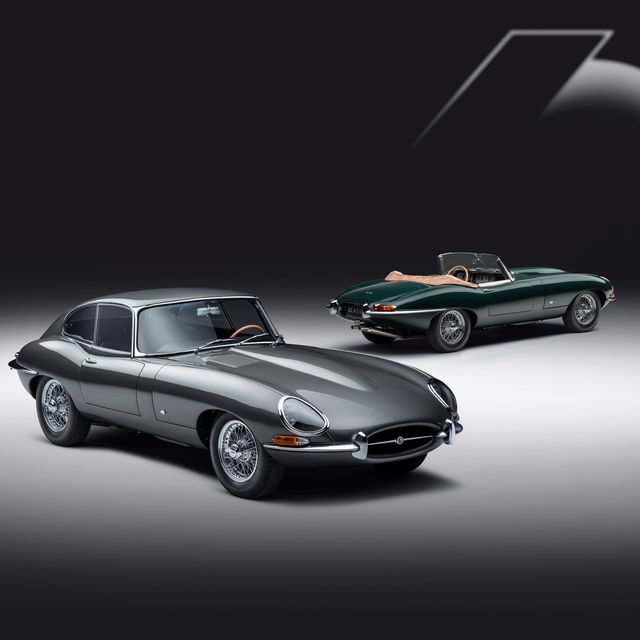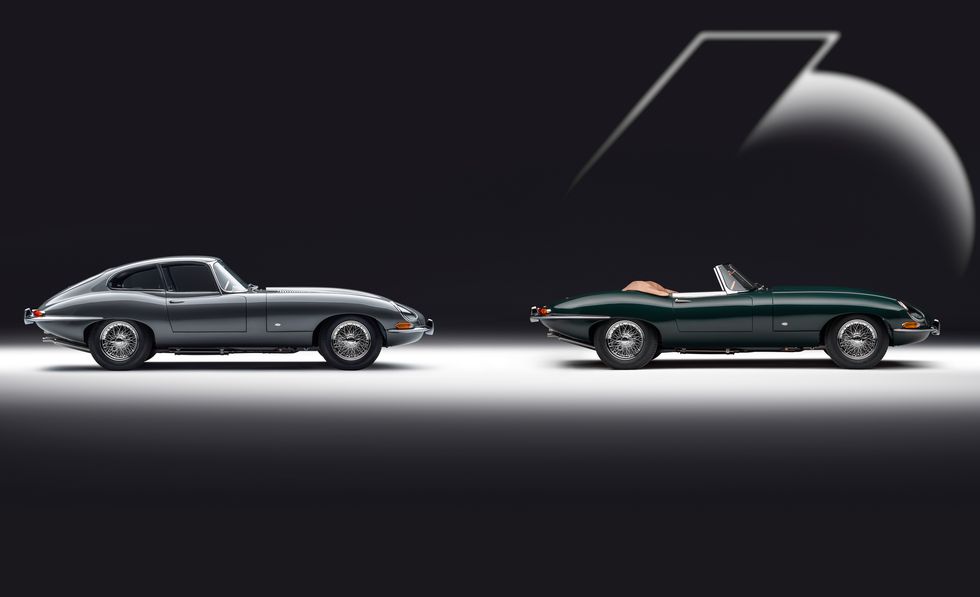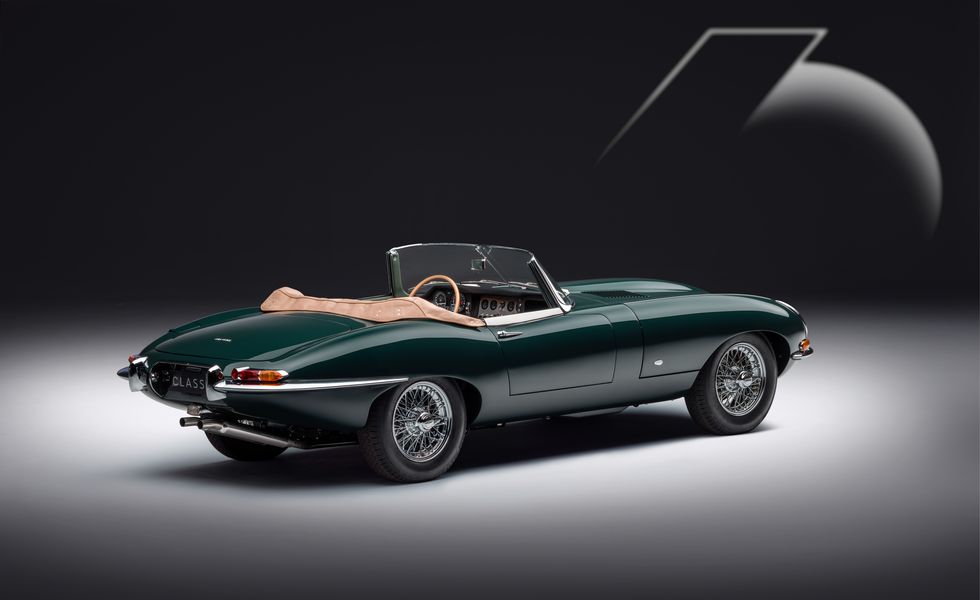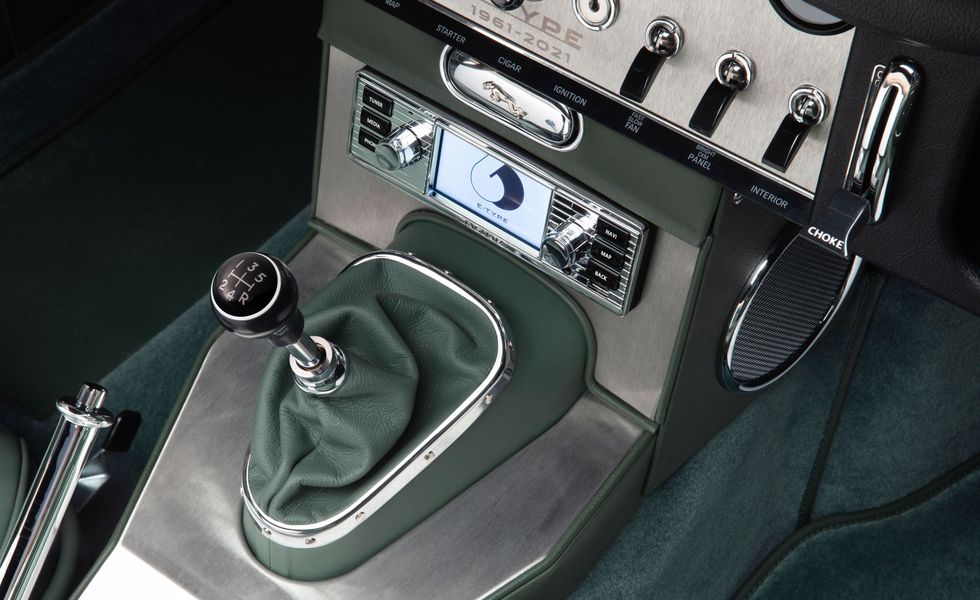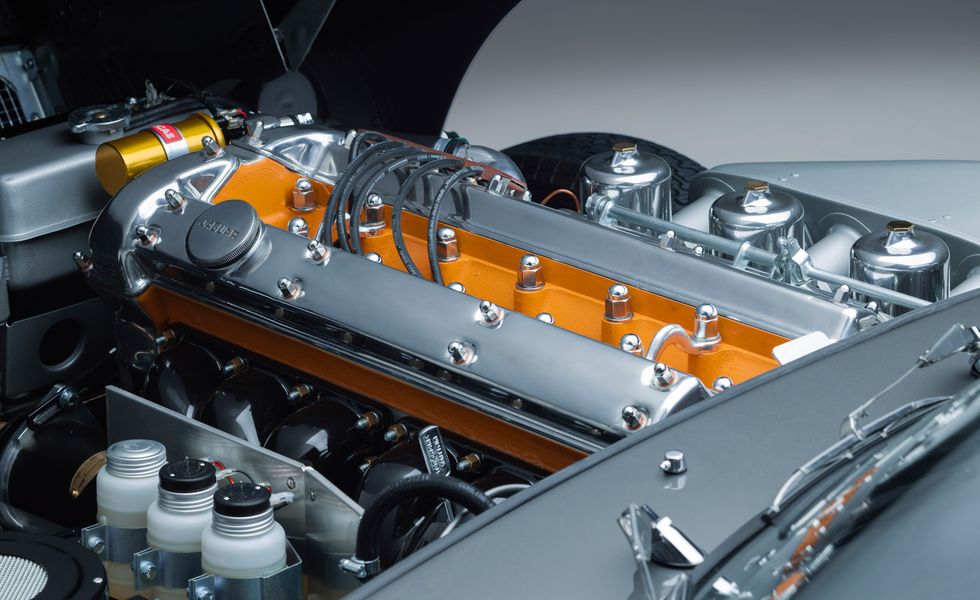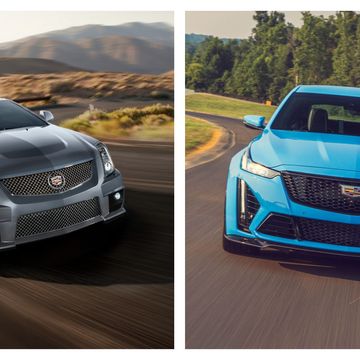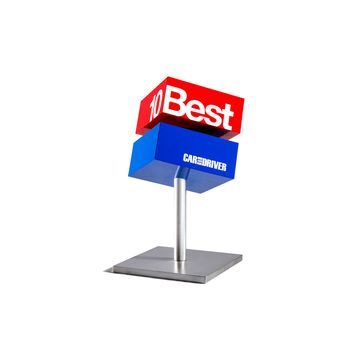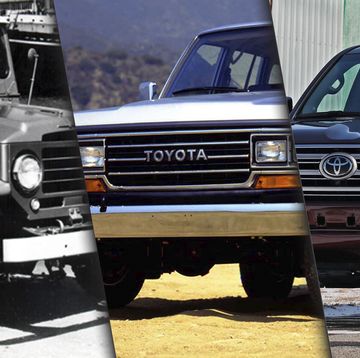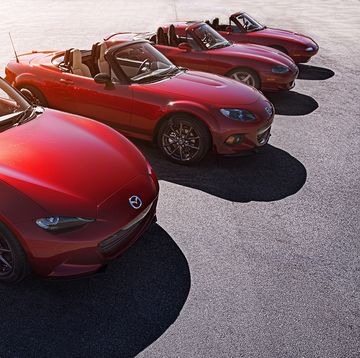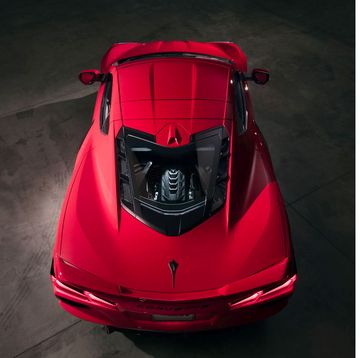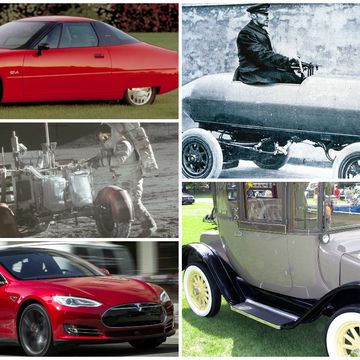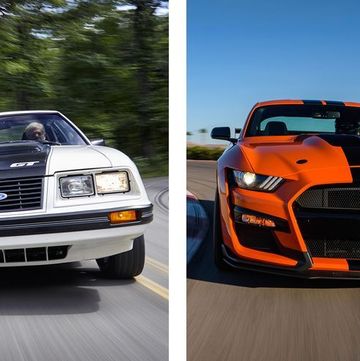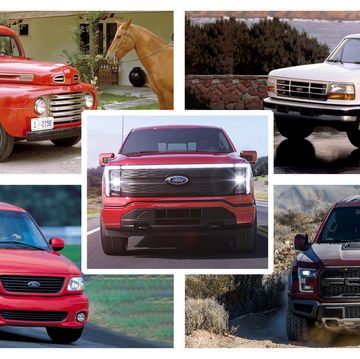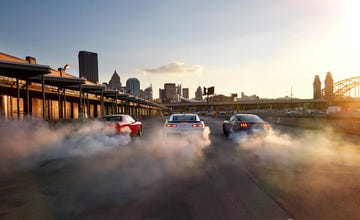Jaguar's been trapped for so long between its past and future that even Dante would sympathize. And recent events again illustrate the company's long, wandering drive around limbo: Call it coincidence or kismet that the diamond anniversary of Jaguar's last greatest hit, the XK-E—otherwise known as the E-type—has arrived just a month after Jaguar's latest, greatest restructuring.
On the high note, the Coventry cat hosted an online event last week to reveal its E-type 60 Collection models. The collection is six pairs of E-types—one coupe, one convertible per pair—that celebrate and resurrect the sparkling ghosts of the two E-types that debuted at the 1961 Geneva Motor Show.
As for that restructuring, last month, new Jaguar Land Rover CEO Thierry Bolloré announced his Reimagine plan for the U.K.'s largest automaker. He spoke of plans to turn Jaguar into an all-electric brand by 2025, one that could "realize its unique potential." Behind that was the unspoken declaration that Jaguar's last decade of course setting and course corrections hasn't worked. Bolloré proved his certainty in the assertion by canceling the next-generation all-electric XJ, a luxury sedan far enough along for the company to have released teaser photos. One might have expected an EV XJ to serve as pilot vehicle to what the automaker described as a "renaissance … as a pure electric luxury brand" that would showcase "pioneering next-generation technologies." Instead, it's more than a billion dollars in development resources roasted in purgatory.
So where do the past and the future meet? Yet again, in the E-type, Jaguar's best and favorite touchstone for starting over. For the E-type 60 Collection, Jaguar Classic will source six coupes and six convertibles among the 1960s-era Series 1 models with the 3.8-liter straight-six. The coupes pay homage to the one that Jaguar PR man Bob Berry ran from Coventry to Geneva in 1961 for the Geneva show after company owner Sir William Lyons ordered him, "Get here as fast as you can." Berry hoofed it flat out in the Opalescent Gunmetal Grey hardtop, license plate 9600HP, arriving with just minutes of cushion before the start of test drives for journalists. "I thought you'd never get here," Lyons said.
After the hardtop dropped jaws on that first day for its looks and performance, Lyons sent a message back to Coventry HQ for company test and development engineer Norman Dewis: "Drop everything and bring the open E-type over." The convertibles in the E-type 60 Collection will glorify the one Dewis drove in Berry's tracks, a British Racing Green model with license plate 77 RW.
Each of the six buyers gets one coupe and one convertible. Unusual for this type of limited run, Jaguar won't allow changes to color and trim. The hardtops come in Flat Out Grey paint with Smooth Black leather inside; the roadsters are dressed in Drop Everything Green with Suede Green interiors. Jaguar pledges the two unique exterior hues won't be used again.
Flourishes in the cockpits include a clock face in the tachometer and a 24-carat gold horn button, as well as a Jaguar Classic infotainment system with Bluetooth and navigation. Metal plaques cover the center consoles, each hand-engraved by artist Johnny Dowell with the routes that Berry and Dewis traversed to Geneva. Elsewhere, buyers will find commemorative badges sprinkled throughout, plus a tailored car cover, tool roll, and jack storage bag.
There are a few upgrades to the powertrain, topping off a better-than-new restoration and white glove finish for the 3.8-liter. In our review of the 1961 E-type—nearly 5500 words of naked enthusiasm—we wrote, "We feel the gearbox is definitely not on a par with the performance of the car as a whole and about the kindest thing we can say for it is that we didn't like it." In the E-type 60 cars, the original and occasionally recalcitrant four-speed manual gets replaced by a five-speed manual in a reinforced aluminum housing, with synchromesh mating for helical-cut gears.
Output from the inline-six won't change from 265 horsepower and 260 pound-feet of torque, but ancillaries include electronic ignition and an alloy radiator fitted with an electric cooling fan. A new stainless-steel exhaust matches the dimensions of the original, but emits a slightly deeper timbre. Jaguar Classic will entertain what it calls “sympathetic,” under-the-skin enhancements to the feature set, such as power steering and air conditioning.
Cars will be available in left- or right-hand drive according to buyer preference. Pricing is of the "Please Inquire" variety. Since Jaguar Classic demands around $450,000 as the base price for one of its comprehensively restored E-type Reborn models, there's every reason to believe the price for two restored, special edition E-types will rumble past the seven-figure mark. The six pairs comprising the E-type 60 Collection haven't all been sold, either, so Jaguar Classic recommends that inquiring kinds get in touch.
Here's the rub: Our 1961 E-type review began with, "To the British motor industry, the name of Jaguar spells success: success on the most famous racing circuits in the world, and commercial success on every market where the make has been offered." The profound, lusty appeal of the E-type 60 models highlights the gap—in decades and in allure—between what Jaguar was and what it is.
The company's plight has come despite plenty of trying and plenty of spending. When Tata Motors took Jaguar off Ford's hands in 2008, Jaguar sold the XJ, S-type, and X-type sedans, and the XK coupe. Bloomberg reported that Tata invested more than $34.8 billion in JLR from 2010 to 2018, some of those funds paying for the modern expanded lineup: XF and XE sedans, F-type coupe, F-Pace, E-Pace, and I-Pace crossovers.
But Bloomberg also reported that JLR made roughly $11 billion in profit over the same span, much of that coming from Land Rover. In 2008, Jaguar's four-model range sold 65,000 vehicles worldwide—an 8 percent increase over 2007, in the time of the Great Recession. In 2019, after a decade of ups and downs but before COVID cratered sales, Jaguar moved 161,601 vehicles in a seven-model lineup worldwide. Land Rover, with one less model, moved 396,105 units.
Part of Bolloré's Reimagine announcement was that Jaguar needs to come up with "a dramatically beautiful new portfolio of emotionally engaging designs." If there were ever an unspoken pointer to E-types like the paired siblings just revealed, this statement is it. Jaguar still exists and has value because for decades it was the undisputed monarch of selling the automotive equivalent of, if not outright sex, then the finest kind of sinuous automotive seduction available on Earth, at prices that someone in upper middle management could afford.
The sooner Jaguar gets back to that, closing the gap from what it now has to what the E-type 60 Collection represents—and deals with some reliability foibles—the better for everyone.
